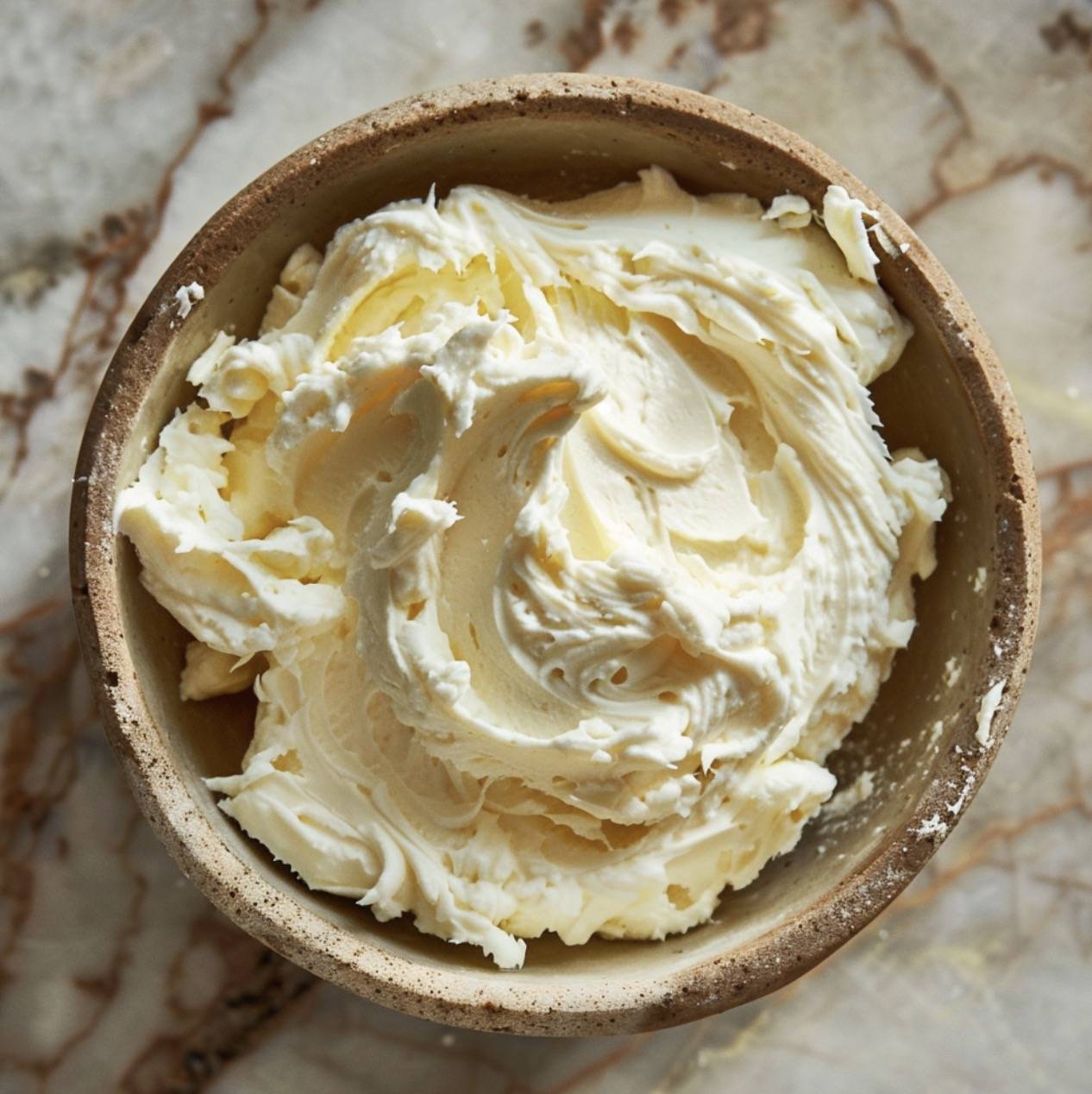
Does Beef Tallow Go Bad?
If you've ever wondered whether your beef tallow stash is still good to use, this article is a must-read. Let's dive into the world of beef tallow as we answer your burning question: 'Does beef tallow go bad?'
Whether you're a culinary enthusiast or just looking to make your meals unforgettable, we've got you covered. We'll explore the factors affecting its shelf life, how to spot signs of spoilage, and pro tips for proper storage.
Don't miss out on enhancing your cooking skills and making the most of this versatile ingredient. Join us on a journey where taste, quality, and kitchen wisdom collide!
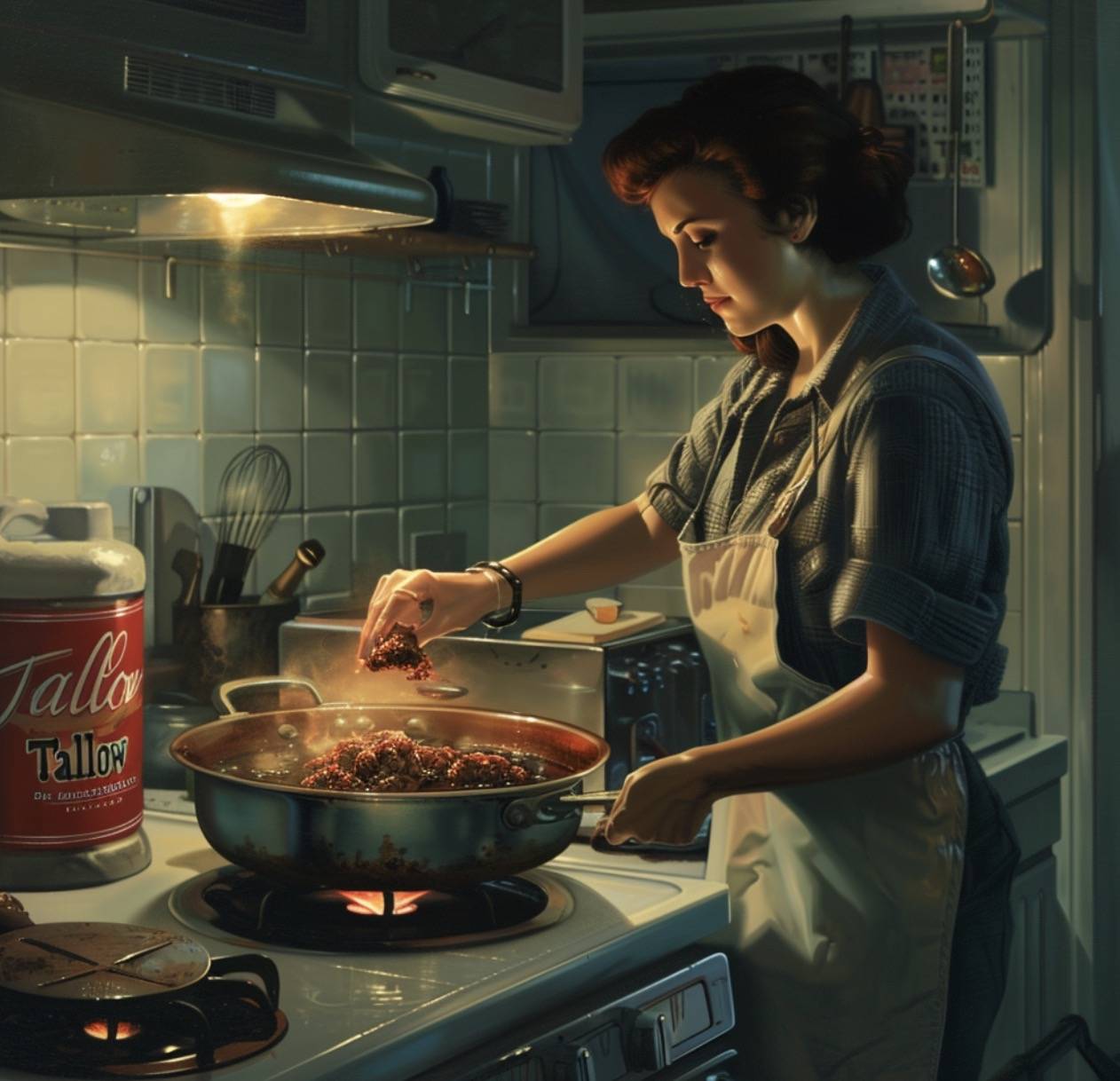
What Is Beef Tallow
Beef tallow is a type of fat that is obtained from rendering (melting down) the fat tissue of a cow, typically from around the kidneys and loins. It is solid at room temperature and becomes liquid when heated.
Beef tallow is mostly made up of fatty acids. Saturated ones, to be precise. This gives it a high melting point and makes it perfect for certain cooking methods. Plus, it's got vitamins like A and D, which can be good for your skin.
Beef tallow adds a rich and savory flavor to dishes and can be used for frying, roasting, and as a cooking fat in various cuisines. Additionally, beef tallow has historically been used in soap and candle making and has various industrial applications.

Does Beef Tallow Go Bad?
When it comes to beef tallow, understanding those expiration dates is crucial.
When you see a "best by" or "use by" date on your beef tallow, it's like a suggestion from the manufacturer. It's the period they think the tallow will be at its absolute best taste, texture, and quality.
But here's the scoop: Beef tallow can often stay good for quite sometime after that date. It doesn't magically turn bad overnight. It's more about peak flavor and quality.
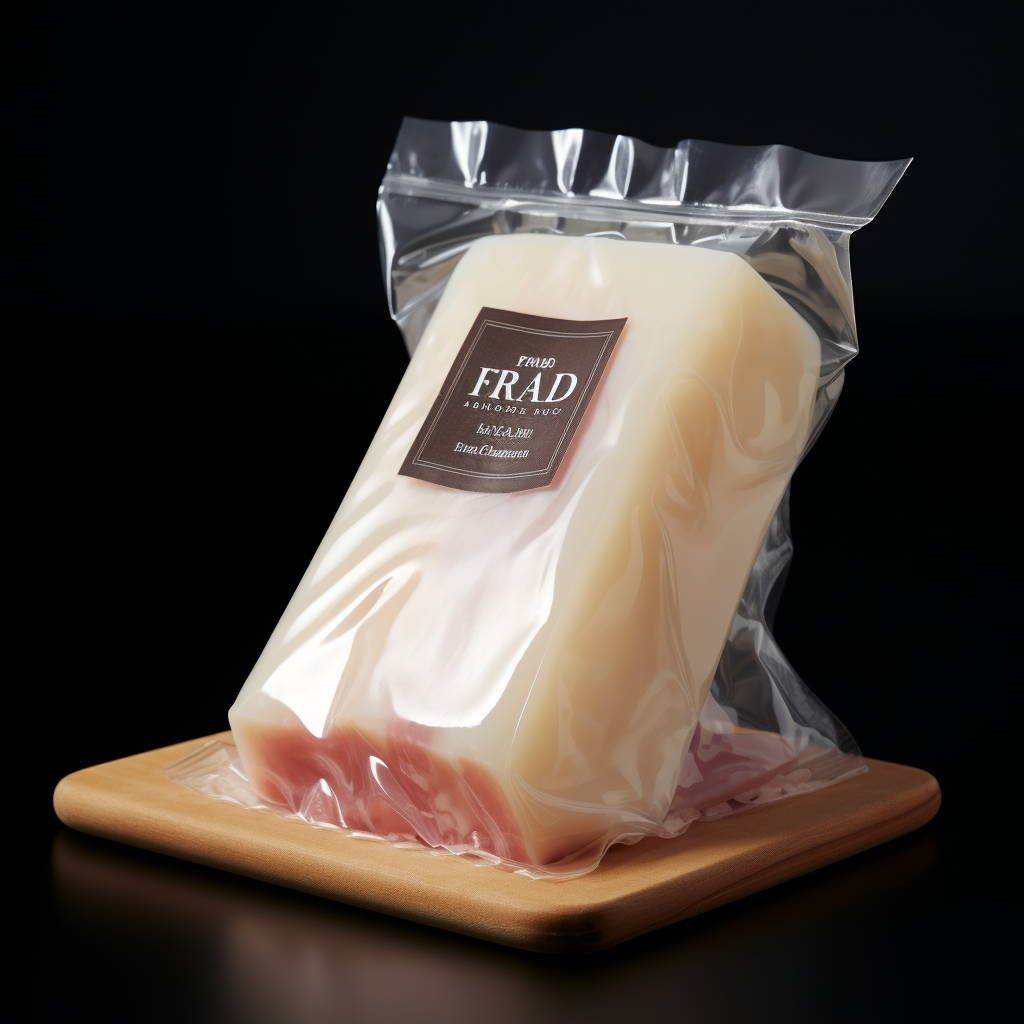
How Can I Know If My Beef Tallow Goes Bad?
Beef tallow usually comes in a tub or jar. Packaging colors can range from pure white to creamy off-white, depending on its purity and source.
Some labels might depict a cow, while others focus on showcasing the creamy texture of the tallow inside.
The packaging may vary depending on the brand, from plastic containers to glass jars. The consistency is creamy, much like butter.
Color Shift
Take a good look at your beef tallow. If it used to be creamy white and now it's sporting some weird colors like brown or green, that's a clear sign it's gone south. Also, if you spot any mold or strange growth, it's time to say goodbye.
Bad Smell
Your nose knows! Give your beef tallow a whiff. If it smells off, funky, or just not like it used to, trust your nose – it's probably gone bad. Fresh tallow should have a neutral, meaty scent. If it's anything but that, consider it a warning sign.
Wrong Taste
Alright, let's talk about taste. When it comes to beef tallow, your taste buds can be a pretty good judge. If it's gone bad, you'll know. It might taste off, maybe a bit rancid or sour. Trust your palate on this one.
Texture Change
Fresh beef tallow has a smooth, creamy texture. If it starts feeling grainy, clumpy, or strangely gritty, it's a sign that something's not right. Trust your fingers on this – they're your first line of defense against bad tallow.
Is It Safe To Consume Expired Beef Tallow?
Alright, let's clear this up. Can you safely munch on beef tallow that's past its prime? Well, not really.
Eating expired tallow can lead to some consequences. When tallow goes bad, it can become a breeding ground for harmful microbes.
Consuming these can cause stomach upsets, food poisoning, and other digestive issues.
Plus, let's face it, nobody wants to deal with a tummy ache.
So, bottom line: it's best to steer clear of expired beef tallow. Your digestive system will thank you!

Does Beef Tallow Go Bad: Factors Influencing Shelf Life
Air Exposure
Air exposure can lead to the degradation of beef tallow primarily due to a process called oxidation.
Let's understand this in simple terms:
Exposure to air: When beef tallow is exposed to the air, it means it's coming into contact with oxygen from the atmosphere.
Oxidation: Oxygen molecules can react with the fats in beef tallow. This reaction is called oxidation. Think of it like rust forming on metal when it's exposed to air.
Chain reaction: Once oxidation starts, it can set off a chain reaction. It leads to the formation of compounds that can change the taste, smell, and texture of the tallow.
The end result of oxidation can be off-flavors and odors in the beef tallow. Oxidation can also break down the nutrients in the tallow, reducing its nutritional value.
Temperature
Heat can cause beef tallow to go bad due to a process called thermal oxidation.
Here's how it works in simple terms:
Molecular movement: When beef tallow gets warm, its molecules start moving around faster. This increased movement makes them more likely to react with other molecules.
Reaction with oxygen: The fast-moving molecules in the warm tallow can bump into oxygen molecules from the air. This leads to a chemical reaction called oxidation.
Chain reaction: Once the first molecules react with oxygen, they create more reactive molecules. This sets off a chain reaction where many molecules react one after the other.
These reactions can lead to changes in the tallow's smell and taste. Additionally, heat can break down some of the beneficial nutrients in the tallow, making it less nutritious.
Exposure To Light
Light can contribute to the degradation of beef tallow through a process known as photooxidation.
Photooxidation occurs when molecules in the presence of light, particularly ultraviolet (UV) light, react with oxygen in the air. This reaction can lead to the deterioration of fats and oils, including beef tallow.
Here's how light-induced photooxidation affects beef tallow:
Formation of free radicals: When beef tallow is exposed to light, especially UV light, it can trigger the formation of free radicals. Free radicals are highly reactive molecules with unpaired electrons, and they can initiate chemical chain reactions.
Reaction with oxygen: The free radicals generated in the presence of light can react with oxygen molecules (a process known as autoxidation). This reaction can lead to the production of peroxides and other oxygen-containing compounds.
Chain reactions: The peroxides formed can, in turn, initiate chain reactions in the fatty acids present in beef tallow. These chain reactions can result in the breakdown of fatty acids into shorter-chain compounds, which can have off-flavors and odors.
The breakdown products of fatty acids, along with the peroxides and other oxidation products, contribute to the development of rancidity. Rancid flavors and odors are often described as "off" or unpleasant.
Water Woes
Water can cause beef tallow to go bad due to a process called hydrolysis.
Hydrolysis is a chemical reaction where water molecules break down the triglycerides (fats) in beef tallow into their individual fatty acid components.
In beef tallow, triglycerides are made up of three fatty acid molecules bound to a glycerol backbone. When water comes into contact with beef tallow, it can break these bonds, releasing the fatty acids.
This not only alters the composition of the tallow but also creates an environment conducive to microbial growth. Microorganisms like bacteria and molds thrive in the presence of water and can start to proliferate in the tallow.
They feed on the released fatty acids, leading to spoilage, off-flavors, and potentially harmful byproducts. This microbial activity accelerates the degradation of the tallow, making it go bad faster. Moreover, water can also promote oxidation.
The Leftover Beef Tallow
The issue with leftover beef tallow relates to the potential for microbial growth, particularly bacteria and molds.
When you have some beef tallow left over after using it for cooking, it's possible that tiny invisible microorganisms like bacteria and molds can find their way into it.
These microorganisms love to munch on organic material, and your leftover tallow provides them with a tasty meal. They thrive in moist and nutrient-rich environments.
As the microorganisms eat away at the tallow, they can produce waste products and release enzymes. These byproducts can change the tallow's composition and make it go bad.
Cross Contamination
Cross-contamination can lead to spoilage of beef tallow due to the introduction of potentially harmful microorganisms. Cross-contamination happens when something not-so-good, like bacteria or molds, gets into the beef tallow.
This usually occurs when tools, surfaces, or hands that have been in contact with other foods come into contact with the tallow.
To avoid cross-contamination, always ensure that the tools, surfaces, and hands used in handling beef tallow are clean and haven't been in contact with potentially harmful substances.

Ways To Reuse Beef Tallow After Its Expiration Date
When beef tallow has gone bad, you should avoid using it for cooking or skin care purposes, as it can pose health risks and may not provide the desired results.
Instead, consider these alternative uses for expired beef tallow:
1. Squeaky door fix: Apply to door hinges or locks to eliminate squeaks and provide lubrication.
2. Rust prevention: Coat metal tools or garden equipment to protect them from rusting.
3. Firestarter: Use it as a firestarter when camping or for your fireplace at home.
4. Polishing agent: Apply to metal surfaces to provide a protective shine.
5. Homemade candles: Melt and mix with wax to create rustic-style candles.
6. Waterproofing: Apply to shoes or boots to make them more water-resistant.
7. Plant protector: Use it as a natural barrier on plant stems to deter pests.
8. Emergency lamp fuel: In an emergency, it can serve as lamp fuel for oil lamps.
9. Outdoor lubricant: Apply to zippers, tent poles, or other outdoor gear to keep them functioning smoothly.
Remember that these alternative uses won't involve ingesting or applying expired beef tallow directly to the skin, making them safer and more practical options for repurposing it.

Proper Storage Of Beef Tallow
Airtight Containers
Alright, when it comes to storing beef tallow, think sealed and secure. Airtight containers are your best friends in this game.
They keep out the air, moisture, and any unwanted guests. It's like giving your beef tallow its own little fortress.
Glass jars with sealed lids: These are a classic choice. They're transparent, which makes it easy to see the contents, and the sealed lids keep air out.
Plastic tubs with tight-fitting lids: These are practical and come in various sizes. Make sure the lids fit snugly to ensure an airtight seal.
Metal tins with screw-on lids: These are durable and can provide a solid barrier against air and light.
Silicone sealable bags: These are reusable and can create a tight seal, keeping air and moisture out.
Remember, regardless of the container type, always make sure it's clean and dry before storing your beef tallow. This helps maintain its quality and prolong its shelf life.
Ideal Storage Conditions
The average shelf life of beef tallow can vary depending on several factors, including how it's processed, how it's stored, and whether it has any additives or preservatives.
However, under ideal storage conditions, beef tallow can typically last for a long time.
Room temperature storage: Beef tallow stored at room temperature (around 70°F or 21°C) in a cool, dark place with minimal exposure to light and air can have a shelf life of about 6 months to 1 year.
Refrigeration: When stored in the refrigerator at temperatures below 40°F (4°C), beef tallow can remain good for up to 1 to 2 years or even longer. Cold storage helps slow down the oxidation process, extending its freshness.
Freezing: Freezing beef tallow can significantly prolong its shelf life. When properly stored in an airtight container in the freezer at temperatures below 0°F (-18°C), beef tallow can stay good for 2 years or more.
So, in a nutshell, if you're in for the long haul, the fridge is your buddy. But if you're a frequent user and your room's temperature is cool, the room storage is still okay. Remember, both options need that airtight container we talked about earlier.
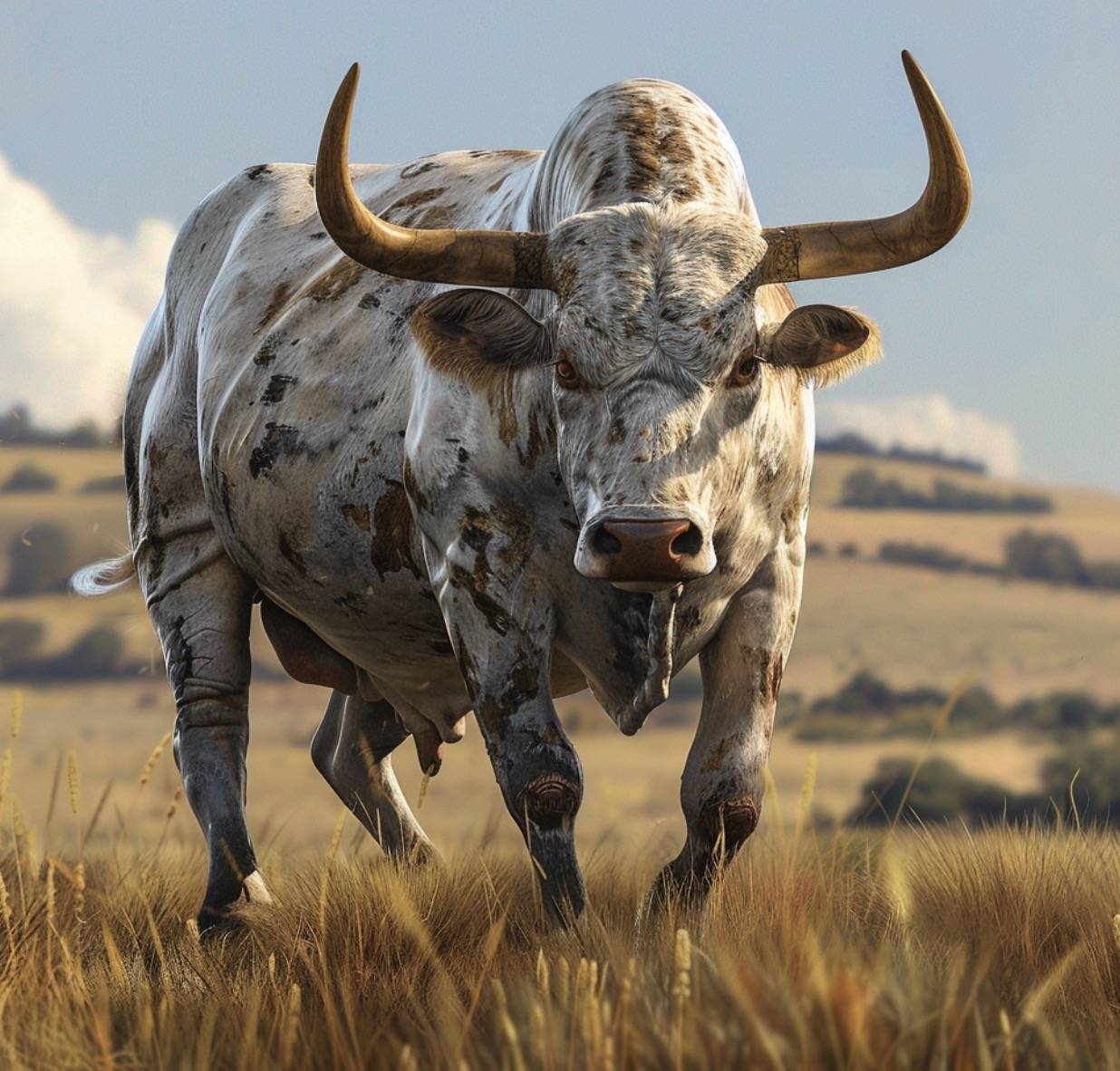
Elite Tips For Prolonging Beef Tallow Shelf Life
Rendering Techniques
Good rendering techniques play a vital role in storing beef tallow better because they help create a pure, high-quality product with fewer impurities and a longer shelf life.
Here's why they matter:
Purity: Proper rendering techniques involve slowly melting beef fat at a controlled temperature. This slow melting process allows impurities and solids to separate from the fat, ensuring that the tallow remains pure. Impurities can promote spoilage and reduce shelf life.
Less moisture: Effective rendering techniques help remove moisture from the fat. Moisture can lead to microbial growth and accelerate spoilage. By properly rendering the fat, you reduce the moisture content in the tallow, making it less prone to spoilage.
Improved stability: When tallow is rendered correctly, it has better stability. This means it's less likely to undergo oxidation, which can result in rancid flavors and odors. High-quality rendering helps maintain the freshness and quality of the tallow over time.
Here are some key rendering techniques:
Low and slow: Melting the fat slowly over low heat is essential. This prevents scorching and allows for better separation of impurities.
Straining: Strain the melted fat through a fine mesh strainer or cheesecloth to remove any remaining solids or impurities.
Consistent temperature: Maintain a consistent temperature throughout the rendering process to ensure even melting and separation.
Quality fat: Start with high-quality beef fat to get the best results. The fat should be free from any spoilage or contaminants.
Proper Filtering
These techniques help remove impurities, contaminants, and leftover bits from the tallow, ultimately improving its shelf life and usability.
Here's why they're beneficial:
Removal of impurities: Filtering eliminates any solid particles, residue, or impurities that may be present in the tallow. These impurities can contribute to quicker spoilage or an undesirable taste, so getting rid of them is essential.
Enhanced clarity: Filtering makes the tallow clearer and more visually appealing. Clarity is not only aesthetically pleasing but also a sign of purity and quality.
Extended shelf life: By removing potential sources of spoilage, proper filtering can extend the shelf life of beef tallow. It helps prevent contaminants from accelerating the breakdown of the fat.
Common filtering techniques:
Cheesecloth or fine mesh straining: This is a simple method where you pass the melted tallow through a fine mesh or cheesecloth to catch any solid particles or impurities.
Coffee filters: Similar to using a fine mesh, coffee filters can be employed to strain tallow. It's effective in removing small particles.
Settling: After melting the tallow, you can allow it to settle in a container. The impurities and sediment will sink to the bottom, leaving clarified tallow on top. You can then carefully decant the clear tallow.
Filtering machine: For larger-scale production, filtering machines equipped with fine filters or sieves can efficiently remove impurities from the tallow.
Double filtering: Some prefer to pass the tallow through a filter multiple times to ensure thorough purification.
Vacuum Sealing
Vacuum sealing is a fantastic method for effectively storing beef tallow because it slows oxidation.
Here's why it works so well:
Air removal: Vacuum sealers eliminate air from the packaging. Air contains oxygen, which is one of the main culprits causing fats like tallow to go rancid. Without oxygen, the process of oxidation slows down significantly.
Prevents freezer burn: Freezer burn occurs when moisture in the food evaporates and re-crystallizes on the food's surface. Vacuum-sealed packages are airtight, so there's no moisture loss or freezer burn.
Compact storage: Vacuum-sealed bags are flat and compact, making them efficient for stacking and saving space in your freezer or pantry.
Now, here's how to vacuum seal beef tallow:
Melt and filter: Start by melting your beef tallow and filtering it to remove any impurities or solid particles. Make sure the tallow is clean and clear.
Cool slightly: Allow the tallow to cool slightly, but not completely solidify. It should be in a liquid state when you start the sealing process.
Prepare the bag: Cut a piece of vacuum-sealable bag material to your desired size, leaving extra space for sealing.
Fill the bag: Pour the liquid beef tallow into the bag, leaving some room at the top to ensure a proper seal.
Seal the bag: Place the open end of the bag into the vacuum sealer's sealing channel. Most vacuum sealers have settings for different types of bags and food. Select the appropriate setting for sealing liquids if available.
Vacuum and seal: Start the vacuum sealing process. The vacuum sealer will remove the air from the bag and create a tight seal.
Store: Label the sealed bag with the date, and store it in your freezer or a cool, dark pantry. Keep in mind that beef tallow will become solid when cooled, so you can either store it in its liquid form and re-melt when needed or portion it into smaller servings before sealing.
Adding Antioxidants
Adding antioxidants to beef tallow can significantly improve its shelf life and quality.
Antioxidants are like the superheroes of the culinary world:
1. They work by inhibiting the oxidation process, which happens when fats like beef tallow interact with oxygen in the air.
2. They help to slow down the deterioration, keeping your tallow fresher for a longer period.
How to add antioxidants:
Rosemary extract: This natural antioxidant is known for its strong anti-oxidative properties. A few drops of rosemary extract can do wonders to preserve your tallow's quality.
Green tea extract: It contains powerful antioxidants known as catechins. Adding a small amount of green tea extract can help protect your beef tallow.
Remember, a little goes a long way. Start with a small amount, mix it well, and assess if you need to add more.
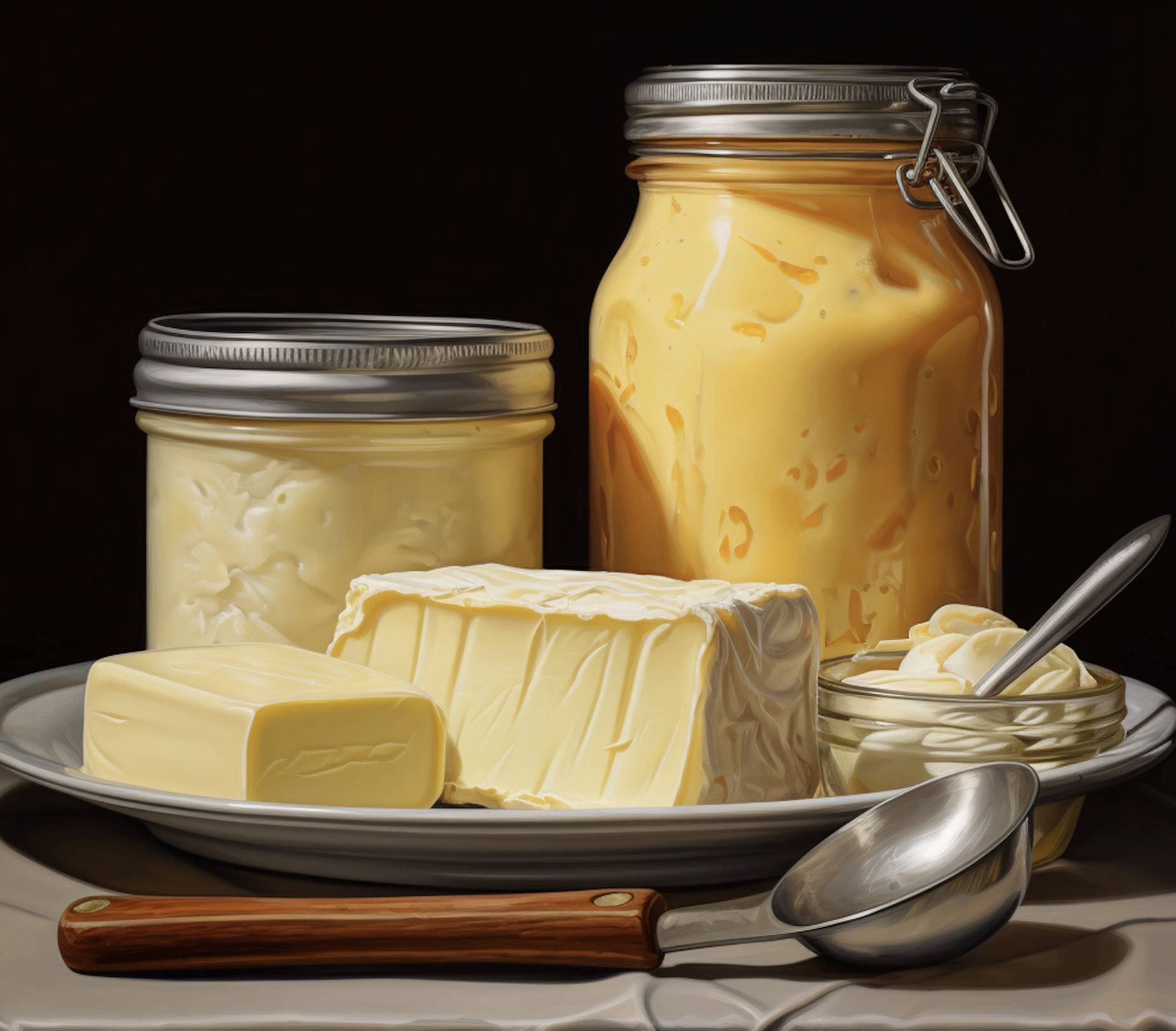
Alternative Fats When Your Beef Tallow Goes Bad
There are several alternatives to beef tallow. When choosing an alternative to beef tallow, consider the flavor, smoke point, and texture you want for your dish.
Each fat has unique qualities, so experimenting with different options can help you achieve the desired results in your recipes.
Lard
Lard is rendered pig fat and is a suitable substitute for beef tallow in many recipes. It has a similar melting point and can be used in baking, frying, and roasting. Lard is often used for making flaky pie crusts and frying foods like fried chicken.
When properly stored in a cool, dark place or refrigerated, lard can have a shelf life of up to a year or more. It may last even longer if kept in the freezer.
Vegetable Oils
Various vegetable oils, such as canola oil, peanut oil, and sunflower oil, can be used as substitutes for beef tallow in cooking and frying. They are especially suitable for dishes where you don't want the flavor of the fat to dominate.
Most vegetable oils have a shelf life of about 6 to 12 months when stored in a cool, dark place. Oils high in polyunsaturated fats (e.g., soybean oil) are more susceptible to oxidation and may have a shorter shelf life.
Coconut Oils
Coconut oil is a plant-based fat that works well as a substitute for beef tallow in recipes that can benefit from a hint of coconut flavor. It's commonly used in vegan and vegetarian cooking and baking.
Coconut oil has a long shelf life and can last for up to 2 years or more when stored in a cool, dry place. It solidifies at cooler temperatures but remains stable.
Butter
For a rich and creamy flavor, butter is an excellent alternative to beef tallow. It's often used in baking, sautéing, and as a finishing touch for dishes like mashed potatoes.
Butter has a shorter shelf life compared to some other fats. It typically lasts 1 to 3 months in the refrigerator and can be frozen for longer storage, often up to 6-9 months.
Olive Oil
Olive oil is a healthy alternative to beef tallow and is widely used in Mediterranean cuisine. It's suitable for sautéing vegetables, making salad dressings, and drizzling over cooked dishes.
Extra virgin olive oil is best used within 18-24 months from the date of production, while other types of olive oil may last longer. Store it in a cool, dark place and tightly sealed.
Duck Fat
Duck fat is a flavorful and rich fat that can replace beef tallow in recipes. It's particularly excellent for roasting potatoes and other vegetables.
Duck fat can have a shelf life of up to 6 months or longer when stored in the refrigerator. Freezing it can extend its shelf life.
Chicken Fat (schmaltz)
Chicken fat, also known as schmaltz, is a traditional Jewish cooking fat. It can replace beef tallow in recipes, especially those with poultry.
Similar to duck fat, chicken fat can last around 6 months or more when refrigerated. Freezing can also help extend its shelf life.
Avocado Oil
Avocado oil is a healthy and neutral-tasting oil that can replace beef tallow in cooking and baking. It's high in monounsaturated fats and has a high smoke point.
Avocado oil typically has a shelf life of about 9-12 months when stored properly in a cool, dark place. Refrigerating it can help prolong its freshness.
Ghee
Ghee is clarified butter with a nutty flavor and a high smoke point. It can be used as a substitute for beef tallow in various cooking methods, especially in Indian and Middle Eastern cuisine.
Ghee has a longer shelf life compared to regular butter and can last for several months to a year or more when stored in a cool, dark place.
It doesn't need refrigeration.
Learn more:Beef Tallow Vs. Ghee: Which Is Better?

FAQ: Does Beef Tallow Go Bad?
Does beef tallow mold?
Beef tallow is naturally resistant to mold growth due to its low water content and high saturated fat content. However, if it comes into contact with moisture or contaminants, mold may develop.
Does beef tallow oxidize?
Yes, beef tallow can oxidize over time when exposed to air and light. This process can lead to a change in flavor and quality.
Is beef tallow supposed to smell?
Fresh beef tallow should have a neutral, mild odor. If it emits a strong or unpleasant smell, it may have gone bad.
Should beef tallow be yellow?
Yes, high-quality beef tallow often has a slightly yellow tint. This color comes from natural pigments in the fat.
What color should beef tallow be?
While a pale yellow color is common, the shade of beef tallow can vary. It might range from off-white to light yellow. As long as it's within this spectrum and doesn't exhibit any unusual discoloration, it's likely perfectly fine to use.
Why is my beef tallow liquid?
Beef tallow becomes liquid when exposed to higher temperatures. This is normal and doesn't necessarily mean it has gone bad.
Does freezing beef tallow change its texture?
Freezing beef tallow can cause it to become solid and more brittle. However, once it's brought back to room temperature, it should return to its original texture.

Seeking Other Beef Organ Products? Explore One Earth Health's Collection
At One Earth Health, we take pride in offering you the finest beef tallow and beef organ products online.
We are your go-to source for high-quality, responsibly sourced, and nutritious offerings that will elevate your culinary experience and support your well-being.
Unparalleled quality: We source our beef tallow and organ products from trusted suppliers who adhere to the highest quality standards. You can trust that what you receive is nothing short of premium.
Nutrient-rich selection: Our beef organ products are a beneficial complement to your diet. They carry important nutrients. You may choose from a variety of organ meats to meet your nutritional demands, ranging from beef liver to heart and beyond.
Convenient online shopping: Our user-friendly website makes shopping for your favorite beef tallow and beef organ products a breeze. Browse, select, and purchase easily from the comfort of your home.
